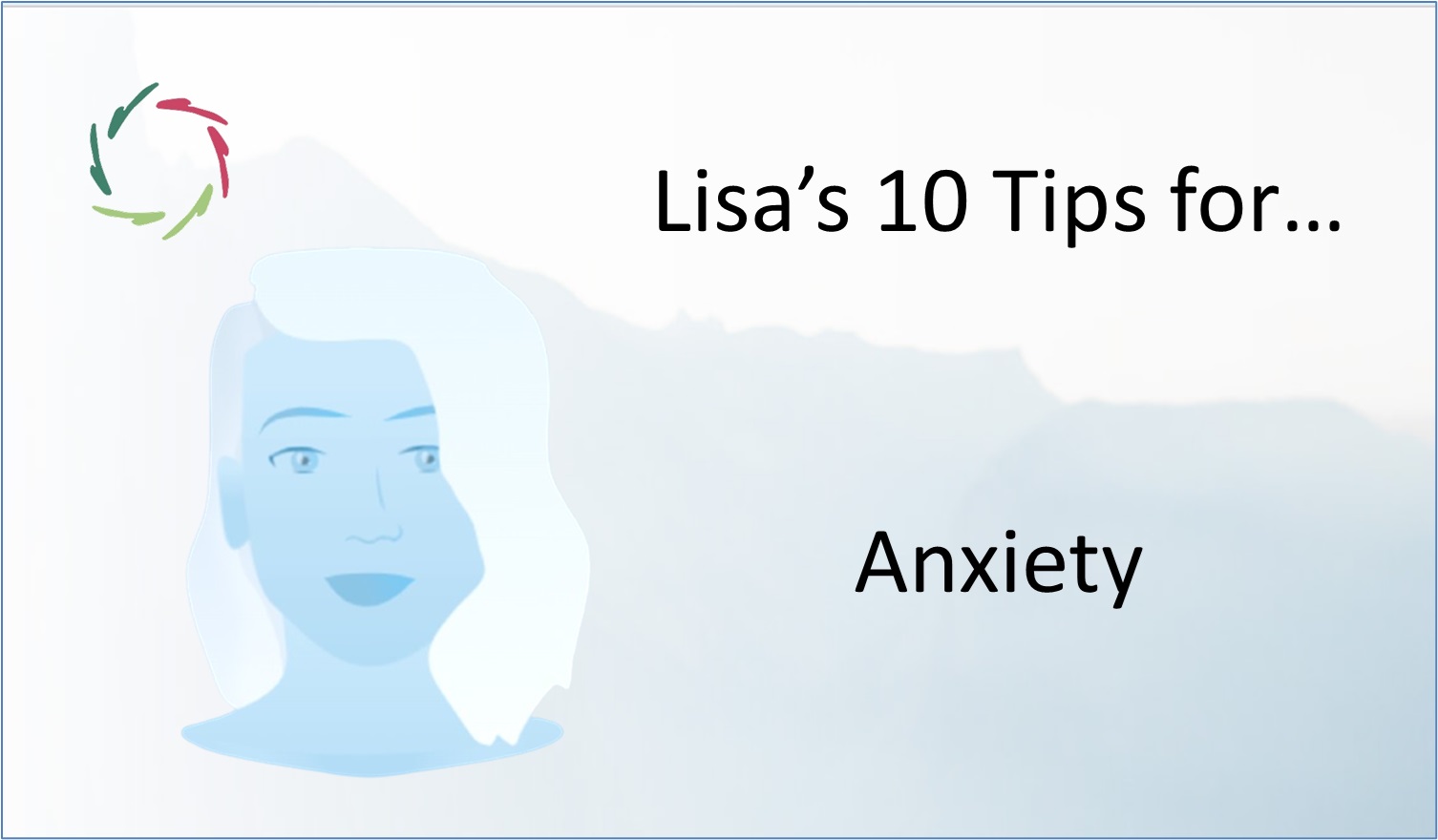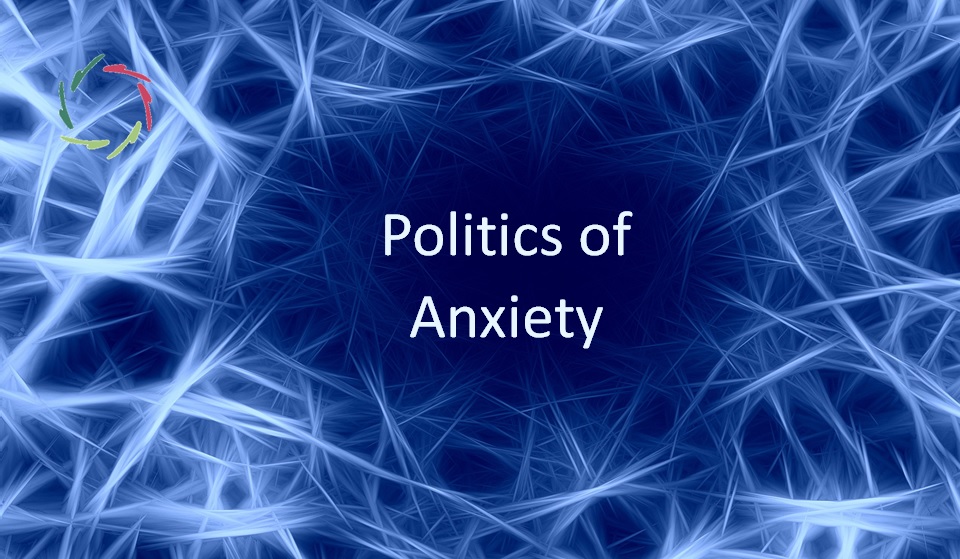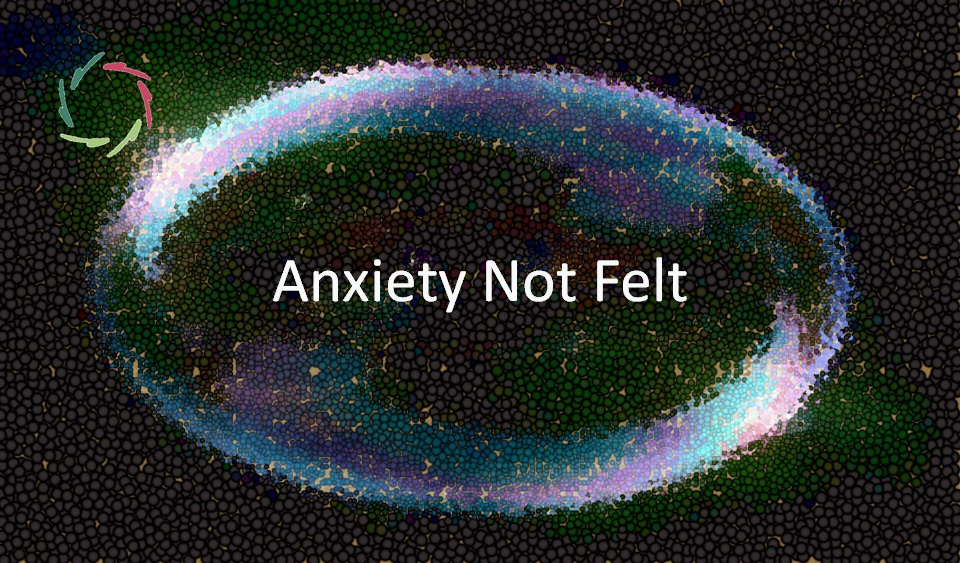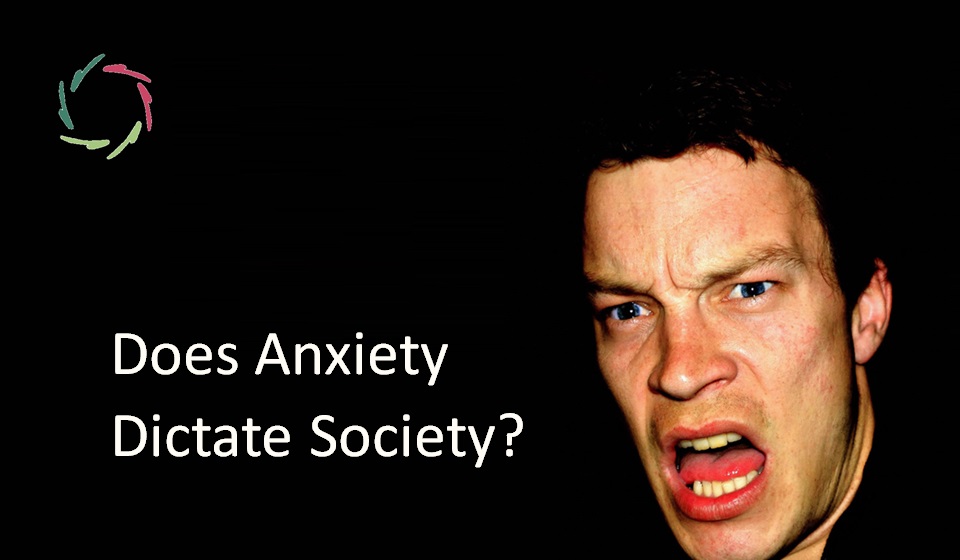Lisa’s 10 Tips for… Anxiety

Here are ten original tips for anxiety that are specifically based on Lisa’s knowledge and deeper insights ― avoiding the common tips that are frequently offered.
These tips, provided by A.I. coach-bot Lisa (human ratified, hardly or unedited), Compassionately align with both rationality and depth as well as with a synthesis of fostering growth and relief of suffering ― forming a deep approach that aims for fundamental transformation rather than superficial fixes. For more about their use, see Lisa’s 10 Tips for… An Introduction. Note that this is support, not therapy. If needed, please seek out proper human therapy.
Embrace your anxiety as part of your whole self
Instead of viewing anxiety as foreign or harmful, recognize it as a natural part of your total being. Anxiety signals that something within you seeks attention. When you stop fighting anxiety, you open up to deeper insights about yourself. By doing this, you show compassion to the anxious part, which can lead to more sustainable relief.
Autosuggestion in the background
Autosuggestion doesn’t have to be loud or forceful. It’s like planting seeds in your mind. You can gently repeat to yourself phrases like, “I am safe” or “I trust the process.” These soft messages can work subconsciously throughout the day, like a quiet background soundtrack. Over time, your mind integrates these suggestions, and you may find yourself feeling more at ease without even actively trying.
Play the ‘anxiety game’ with openness
Anxiety often narrows our focus, making us feel trapped. Turning it into a mental game can make it lighter. For instance, when you feel anxious, ask yourself, “What is my body or mind trying to teach me right now?” Treat each wave of anxiety as a puzzle to be explored, rather than an obstacle to overcome. This can reduce the emotional charge around anxiety and make it feel less threatening.
Mind-body fluidity
Anxiety is experienced through both mind and body. Try to observe how it manifests physically. Instead of tensing up, consciously relax into the sensations. You can even visualize the anxiety as a wave flowing through your body rather than something stuck. This technique encourages a more open, flowing state where tension can be released naturally, without force.
Trust the ‘whirlpool’ approach
Anxiety can feel like it’s pulling you into a whirlpool, but sometimes, resisting it only makes it stronger. If you allow yourself to metaphorically “sink” into the experience, you may find that there’s a deeper current carrying you towards something meaningful. Trusting this process can remove the fear of losing control, as you’re not battling anxiety but riding its deeper wave toward resolution.
Visualize ‘tango’ with your total self
The tango metaphor helps you see anxiety as a dynamic interaction between parts of yourself. Your conscious mind may try to “lead” too much, causing tension, while your deeper self prefers to guide more subtly. By imagining this as a dance, where both parts gracefully take turns leading and following, you can foster a sense of inner balance and harmony, transforming the experience of anxiety into something creative and fluid.
Openness to imperfection
Anxiety often arises from unrealistic expectations of perfection. Allowing yourself to be imperfect is an act of inner freedom. Constantly remind yourself through subtle autosuggestion that it’s okay to be flawed—just like everything in nature. This opens up space for self-compassion, reducing the pressure you place on yourself and creating room for anxiety to dissolve.
Let anxiety ‘speak’ through metaphor
Instead of focusing on the discomfort of anxiety, imagine it as a character or metaphor that can communicate with you. Maybe it’s a small bird fluttering in a cage or a wave that rises and falls. Let it ‘speak’ in its own way, and respond kindly, as if you’re understanding its message. This helps externalize the feeling and reduces its overwhelming nature.
Cultivate a ‘compassionate observer’ within
Develop a part of yourself that can calmly observe the anxiety from a distance without judgment. This observer isn’t emotionally involved but is deeply compassionate. By cultivating this inner observer, you create space between your core self and the anxious feelings, making it easier to manage without feeling engulfed.
Reframe anxiety as potential energy
Anxiety is often a buildup of energy looking for an outlet. Instead of resisting it, try viewing it as potential energy that can be channeled into something productive or creative. Whether it’s physical movement, a creative project, or even organizing your thoughts, this reframing can transform anxiety into a positive force rather than a paralyzing one.
―
I hope you find these tips useful!

.
.
.


